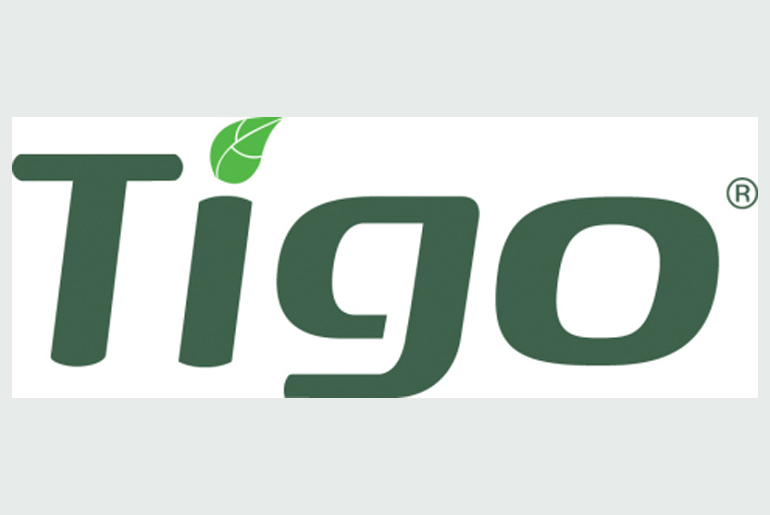Tigo Energy, Inc., a prominent supplier of energy and solar software solutions, launched Inverter Power Output Control (IPOC), which allows Tigo inverters’ AC power output to be readily limited during commissioning using software. The capability of lowering an inverter’s maximum AC power rating, also known as inverter power derating, enables solar installers to maintain system power rating when updating a legacy solar system with a new inverter or to set the AC power rating of an inverter during commissioning when precise system power targets are needed.
Tigo IPOC gives installers even more options when dealing with AC output limitations on both new and old residential solar systems, building on a long-standing dedication to compatibility and an open solar technology ecosystem. Installers of Tigo inverters benefit from compatibility with a large variety of installed power electronics, have the option to further upgrade systems with energy optimization, module-level system monitoring, and rapid shutdown protection, and are not required to install a battery storage system.
“For us to consistently improve and repower legacy residential systems, Tigo has given us a way to quickly customize the output power to keep our customers in compliance with the incentive programs that got them into solar in the first place,” stated Nick Sherman, CEO at EnergyAid. “Through our EnergyAid Solar Services, we see that in many cases, the systems we service have suffered performance degradation and some have even quit producing energy altogether, but the homeowner has been in the proverbial green on the system for several years. Understanding this, the great majority of customers we work with are happy to make a relatively small secondary investment in their systems to keep the solar energy flowing, and with nameplate customization, Tigo helps us do that with ease.”
During commissioning, installers can independently adjust the maximum AC nameplate rating using the Tigo EI App thanks to the self-guided IPOC function. Round-trip power conversion losses for storage, module mismatch, shading, and clipping losses are eliminated by the system’s sophisticated energy management features and DC design. Together with a matching bezel sticker and an installer letter, the corresponding Tigo product data sheet provides a detailed description of the IPOC feature. This combination allows homeowners to confirm compliance in real estate transactions and makes it simple for Administrators of solar incentive programs and Authorities Having Jurisdiction (AHJs) to document AC power limitations.
“While it may feel counterintuitive to make a technology product do less of what it is designed to do, the ability to quickly and easily derate Tigo inverters with the IPOC feature was an entirely market-driven development,” stated JD Dillon, chief marketing and customer experience officer at Tigo Energy. “High-growth solar service companies like EnergyAid came to us with different use cases around constraining inverter AC output, and both were easily addressed by providing IPOC during commissioning. The repowering market has a long-standing analog in the automotive industry, because nobody expects an alternator or water pump to last forever, and the replacement parts and service market has become an industry unto itself.”
High-efficiency energy conversion is offered by Tigo inverters for both domestic use and grid export. When connected with a home energy storage system, such the Tigo EI Battery, they provide home energy backup by offering module-level optimization, monitoring, and quick shutdown in conjunction with Tigo TS4 MLPE products. Because Tigo IPOC eliminates the need to carry a large variety of inverter models with minor software changes, installation businesses may significantly decrease inventory complexity.



